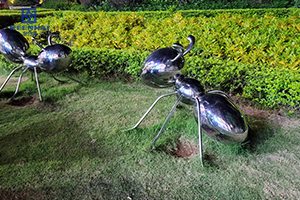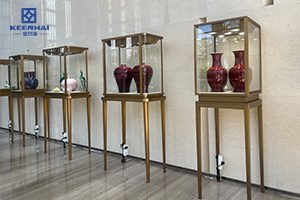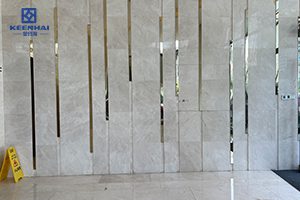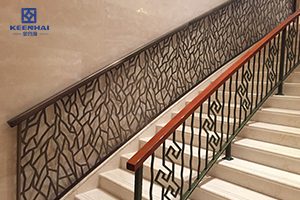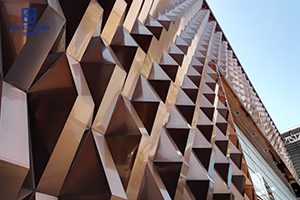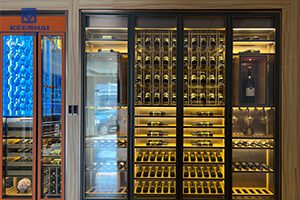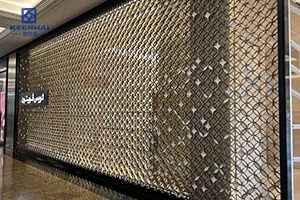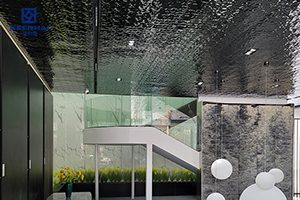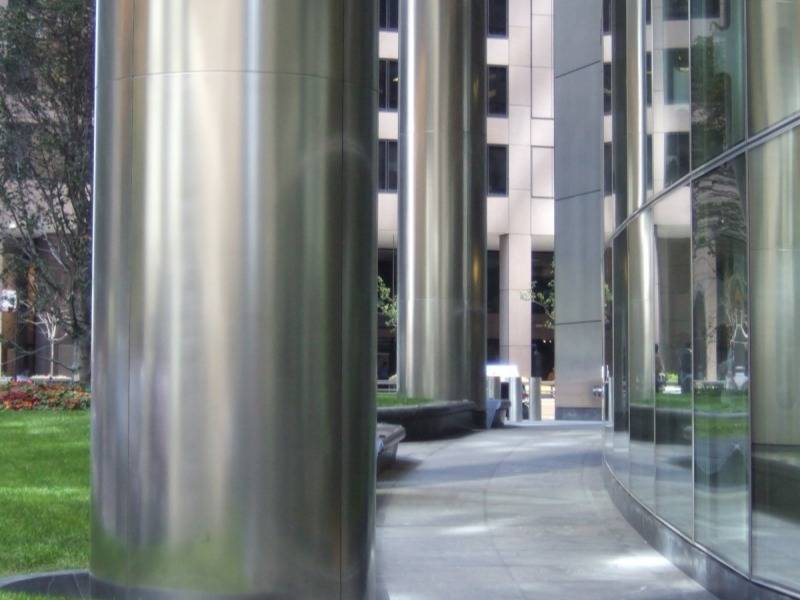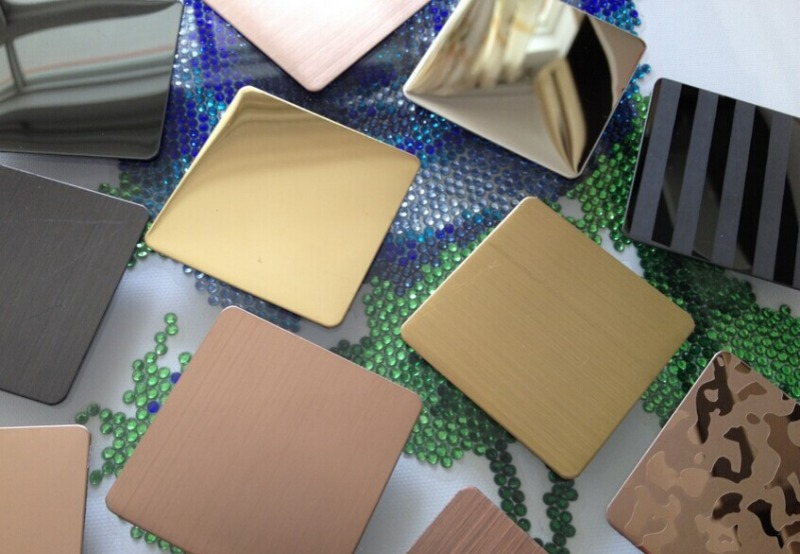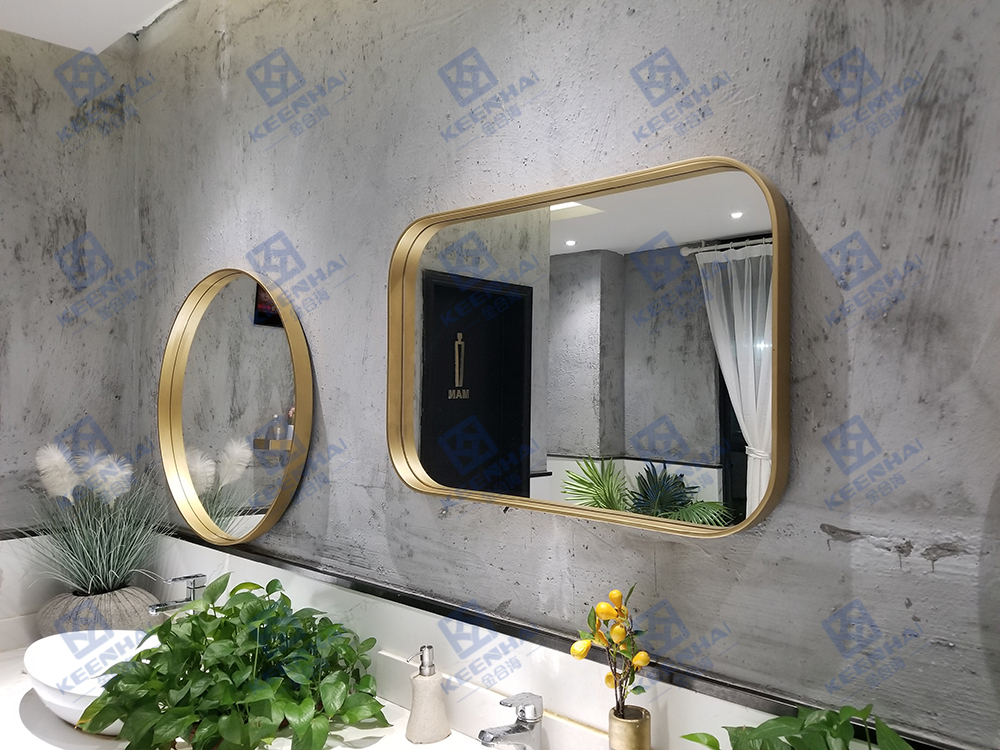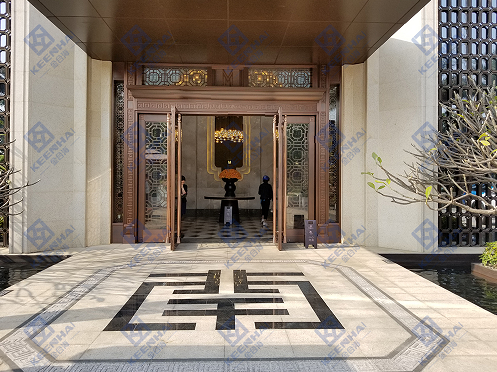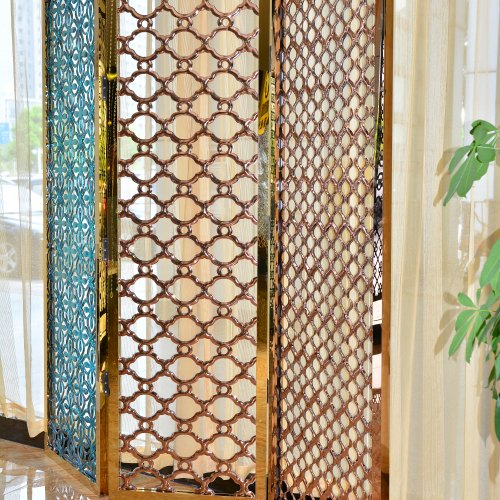不锈钢概述:
那么,不锈钢到底是什么?它是一种主要由铁、铬和镍、钼等其他元素组成的合金。不锈钢以其出色的耐腐蚀性、强度和美观性而闻名。这些特性使其成为从厨房用具到工业机械等各种产品的理想选择。
The Composition of Stainless Steel
A. What Is an Alloy?
要了解不锈钢是什么,我们首先需要定义合金是什么。合金是两种或多种金属(或一种金属和一种非金属)的混合物,具有特定的性能。例如,不锈钢将铁与铬、镍和其他元素结合在一起,形成一种具有出色强度和耐腐蚀性的材料。
B. Key Elements in Stainless Steel:
- 铁(Fe):
铁是不锈钢的主要金属,是其基础。虽然铁本身容易生锈,但将其与其他元素结合,可以使其成为更耐用、更耐腐蚀的材料。 - Chromium (Cr):
添加铬对于不锈钢来说至关重要。铬在表面形成一层氧化铬保护层,即使钢暴露在湿气和空气中,也能防止生锈和腐蚀。 - Nickel (Ni):
不锈钢中经常添加镍元素,以提高其强度和抗腐蚀能力。它还能增强合金承受极端温度的能力。 - 其他元素:
Additional elements like manganese, molybdenum, and carbon are used to further enhance specific characteristics. Manganese, for example, increases toughness, while molybdenum helps improve resistance to pitting and crevice corrosion.
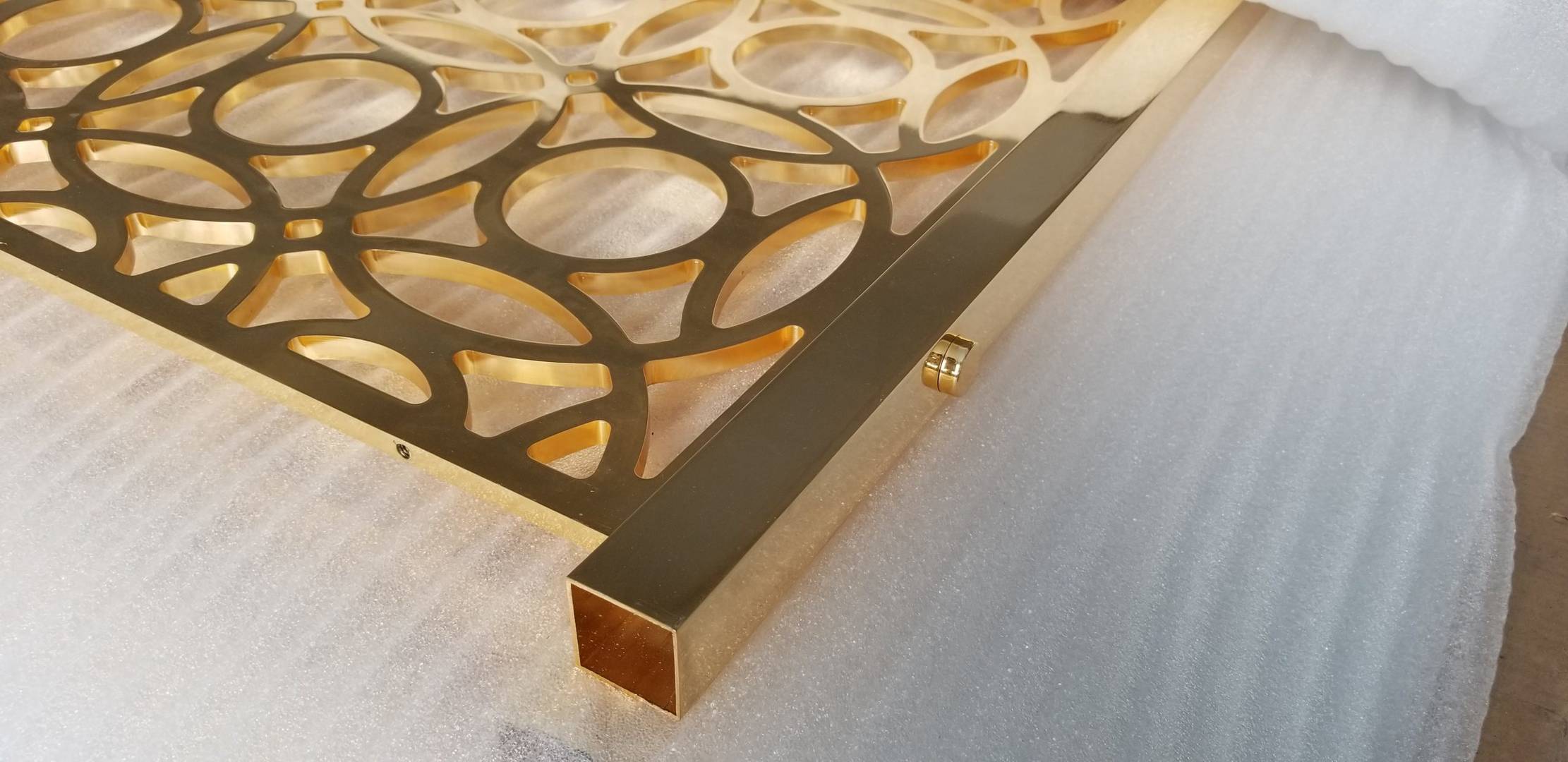
不锈钢的主要特性
耐腐蚀性:
不锈钢被广泛使用的主要原因之一是其出色的耐腐蚀性。那么,不锈钢的秘密是什么呢?合金中的铬形成一层薄薄的自修复氧化层,可防止材料生锈,非常适合在经常接触潮湿和化学物质的环境中使用。
Strength and Durability:
Stainless steel is also known for its strength. Whether it’s structural steel in a building or the frame of a car, what is stainless steel’s contribution? It provides durability and high tensile strength, meaning it can withstand heavy loads and physical stress without bending or breaking.
美学诉求:
Another feature that makes stainless steel a popular choice is its appearance. The shiny, reflective finish of stainless steel can add a modern, sleek touch to products and designs. In fact, its visual appeal makes it a go-to material for both functional and decorative uses.
Heat Resistance:
不锈钢还具有出色的耐热性。那么,不锈钢在极端温度下的优势是什么呢?它在高温下仍能保持完整性,这使其成为烹饪设备、工业机械和排气系统等应用的理想选择。
不锈钢类型
The Four Main Types of Stainless Steel:
- Austenitic Stainless Steel (Type 304 and 316):
这种不锈钢含有大量的铬和镍。它无磁性,耐腐蚀性强,常用于厨房用具、医疗器械和化学加工。 - Ferritic Stainless Steel:
铁素体不锈钢的镍含量比奥氏体不锈钢低,铬含量较高。铁素体不锈钢具有磁性,主要用于汽车排气系统和装饰部件。 - 马氏体不锈钢:
This type is known for its hardness and high tensile strength. It is commonly used for tools, knives, and surgical instruments, where both strength and sharpness are required. - 双相不锈钢:
双相不锈钢是奥氏体钢和铁素体钢的混合钢,具有高强度和抗应力腐蚀开裂性能。它用于化学加工和海上石油钻井平台。

不锈钢的常见用途
厨房电器:
What is stainless steel’s role in kitchens? Its resistance to corrosion, ease of cleaning, and aesthetic appeal make it ideal for products like cookware, sinks, refrigerators, and dishwashers.
建筑与建筑:
Stainless steel’s strength, durability, and modern look make it a common choice in the construction and architecture industries. It is used in everything from building facades to handrails, offering both functionality and visual appeal.
医疗设备:
不锈钢最重要的用途之一是医疗领域。其耐腐蚀性和可消毒性使其成为手术工具、医疗植入物和设备的理想选择。
工业应用:
不锈钢还广泛应用于汽车、航空航天、石油和天然气等行业,其强度、耐腐蚀性和承受极端温度的能力至关重要。
Advantages and Disadvantages of Stainless Steel
优点:
- 耐腐蚀性: 不锈钢的主要优点是其抗锈蚀和腐蚀能力,使其非常适合在潮湿环境中应用。
- Strength and Durability: What is stainless steel’s role in providing strength? It ensures longevity and performance in demanding situations.
- 美学价值: 不锈钢的光滑、现代外观为从厨房用具到建筑外墙等产品增加了价值。
- 易于维护: 不锈钢易于清洁和维护,这就是它用于工业和家庭应用的原因。
缺点:
- 成本: 由于原材料和制造工艺的成本,不锈钢通常比铝或低碳钢等其他金属更昂贵。
- 易被刮伤: 不锈钢虽然坚硬,但仍容易被划伤,尤其是在抛光表面上。
- 重量: 不锈钢比铝等替代品更重,这可能是一些需要关注重量的应用中的一个因素。
结论
要点回顾:
不锈钢是一种用途广泛且价值极高的材料,已成为许多行业不可或缺的材料。无论是用于建筑、厨房用具还是医疗设备,不锈钢的主要优势是什么?它兼具耐腐蚀性、强度和美观性,非常适合各种应用。
最后的想法:
随着技术的不断发展,对不锈钢的需求可能会继续增长。不锈钢具有可回收性和长寿命的特点,是未来的可持续选择。因此,下次您在日常生活中遇到不锈钢时,您将更深入地了解这种材料如此独特的原因。
联系我们
您可以访问我们的 网站 了解更多信息,或访问我们的 Facebook 页面了解最新动态和项目亮点。如果您有任何问题或合作咨询,请随时联系我们,我们将竭诚为您服务!

